Design has become a very popular term in education these days. It seems the term is used in a million ways, just to spice things up. For example, I was recently at a local private school and I noticed a prominent display that said “Design Challenge: Create a catapult that can launch a golf ball at least 5 feet.” Now, this, to me at least, is not a design challenge, but rather an engineering or a physics challenge. Despite the fact that students are asked to design an object, children are not asked to identify real life problems, observe human behavior, or empathize with the user- all the core values of Design Thinking.
In the JCDSRI design lab, we have been working hard to teaching the invaluable design thinking process BEFORE attempting to build a machine. Let me give you some examples: In first grade, they noticed that one student frequently forget his diabetes bag whenever changes his class, so they are working on creating systems to help him remember. In fifth grade, students noticed that we create a tremendous amount of waste during lunch and so they will be trying to devise ways to get families to use less disposable material and use more glass, metal, or reusable plastic packaging.
Design thinking, often referred to as “user centered design” or “human centered design” starts with looking for problems in the world, and moves on to interviewing and observing how people act, so that we understand people’s values. Many of our design lab classes are actually about how to ask questions, observe and gather data- and not at all about building or engineering!
This is time well spent. One thing that is exceeding difficult for children (and perhaps all people) is to NOT come up with solutions right away. One of the design thinking mantras is “You’ve got to move slow to move fast!” In other words- it is critical to really observe, empathize, and define a problem before thinking of an answer. Sometimes this process feels frustratingly slow (especially for children), it is better than designing a solution to a problem that doesn’t exist.
Our fifth graders are eager to ‘invent’ products and systems to help families create less waste. As Design Lab teachers, our job is to slow them down and get them to observe and empathize before they invent. The fifth grade is now sitting dispersed throughout the lunch room, observing and taking note of what kids bring to school in their lunch bags, what gets eaten, and what gets thrown away. Their next step will be to interview parents about the process of making lunch, and why buying prepackaged, disposable bags is so attractive. After they understand the practices, values, and marketplace around disposable materials, they will begin to design solutions to the problem.
The skills of engineering and design are complementary but very different. Where engineering is solving a pre-defined problem design is finding and understanding a problem. Both are important, but where as engineering is geared towards “making stuff,” design is geared towards making the world a better place for human beings.
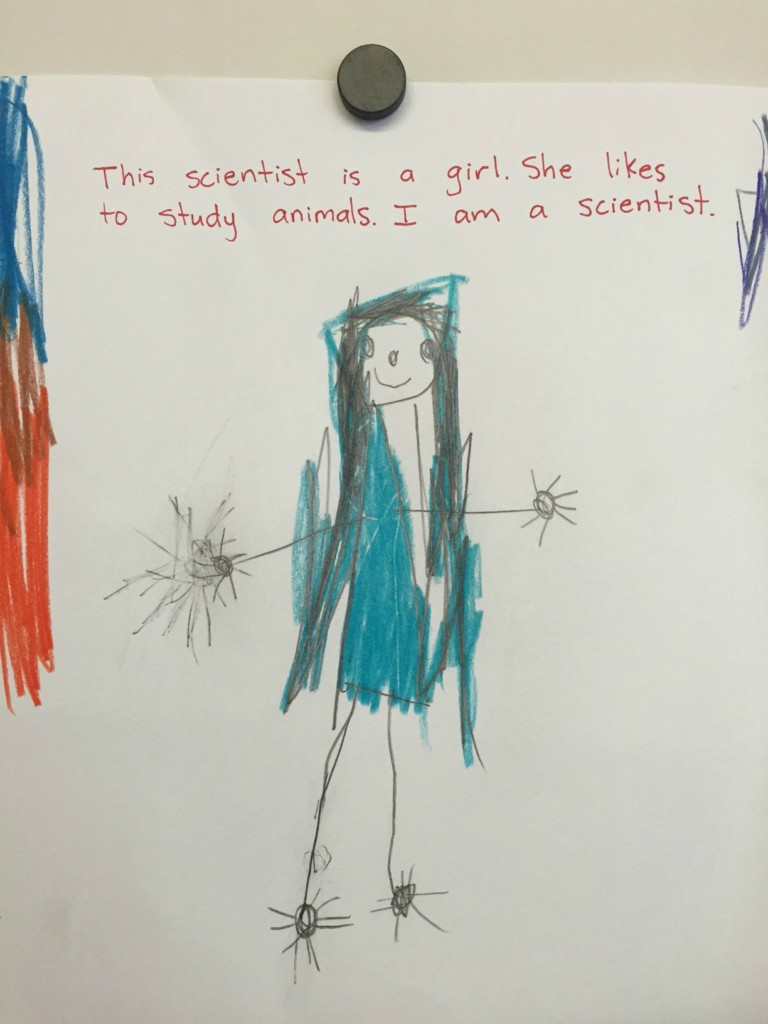
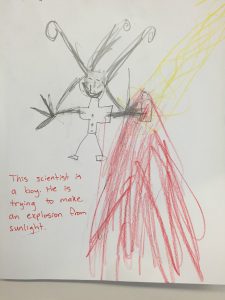
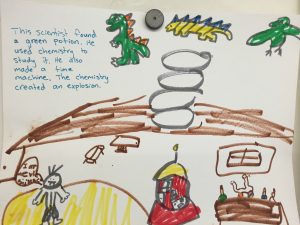
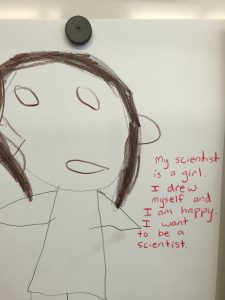
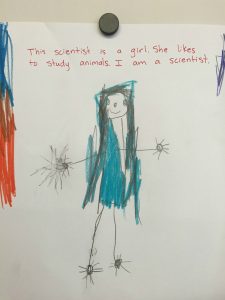
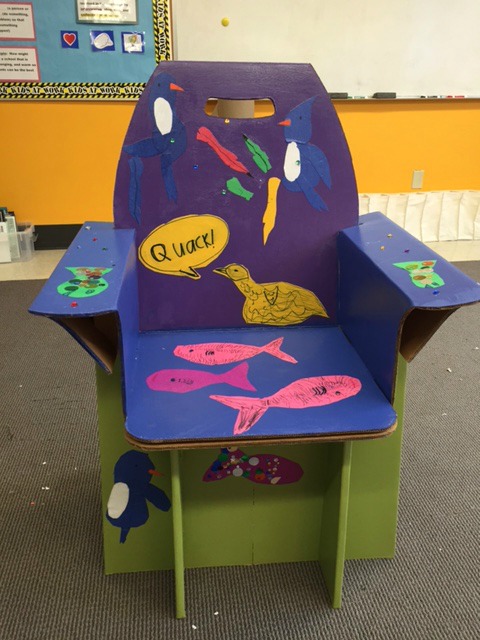
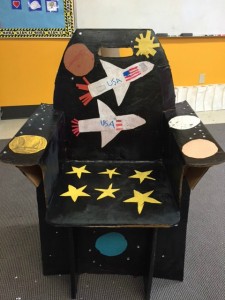

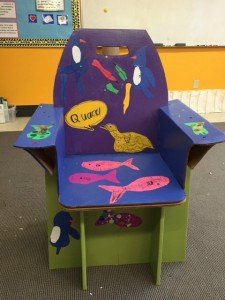

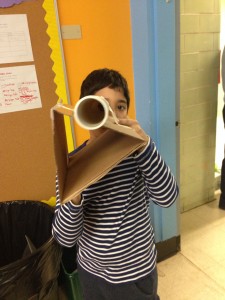
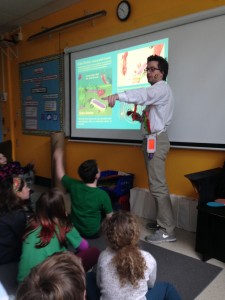

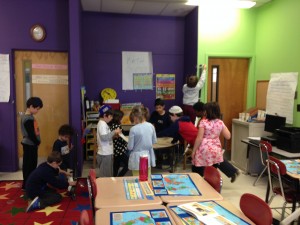


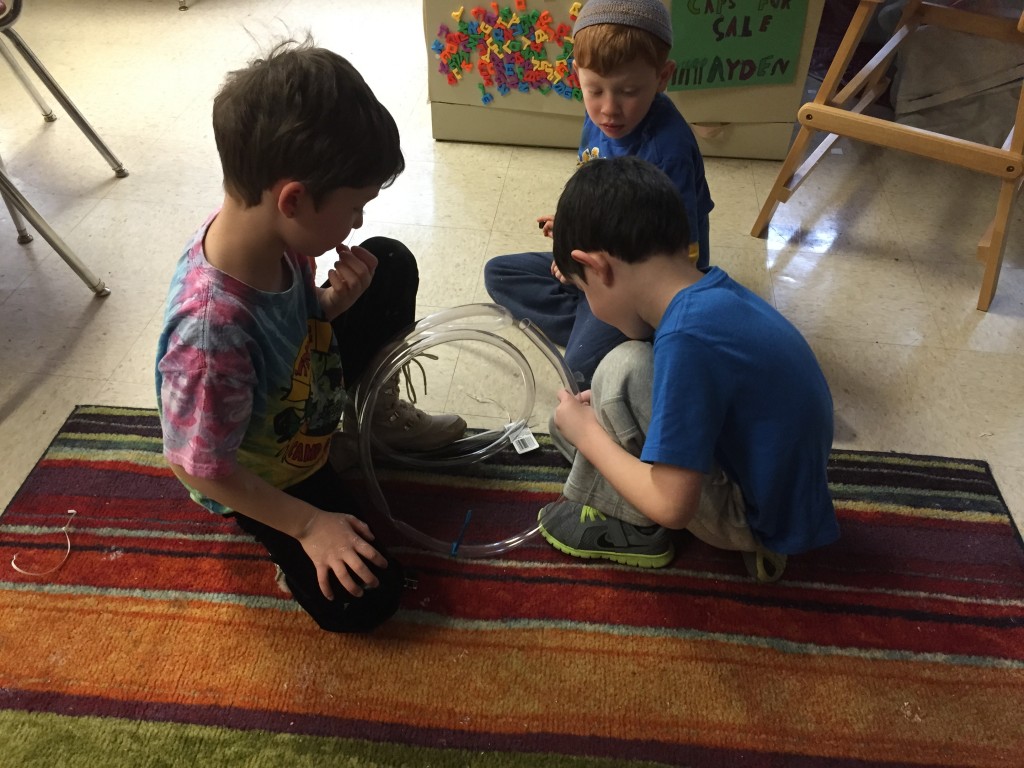
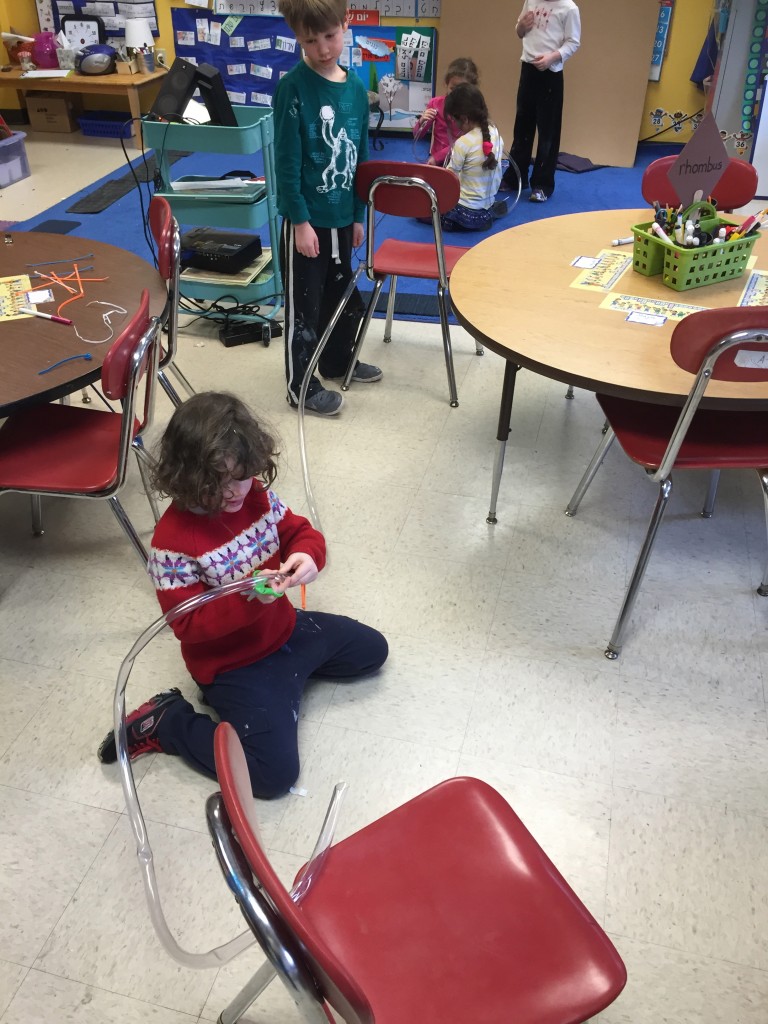
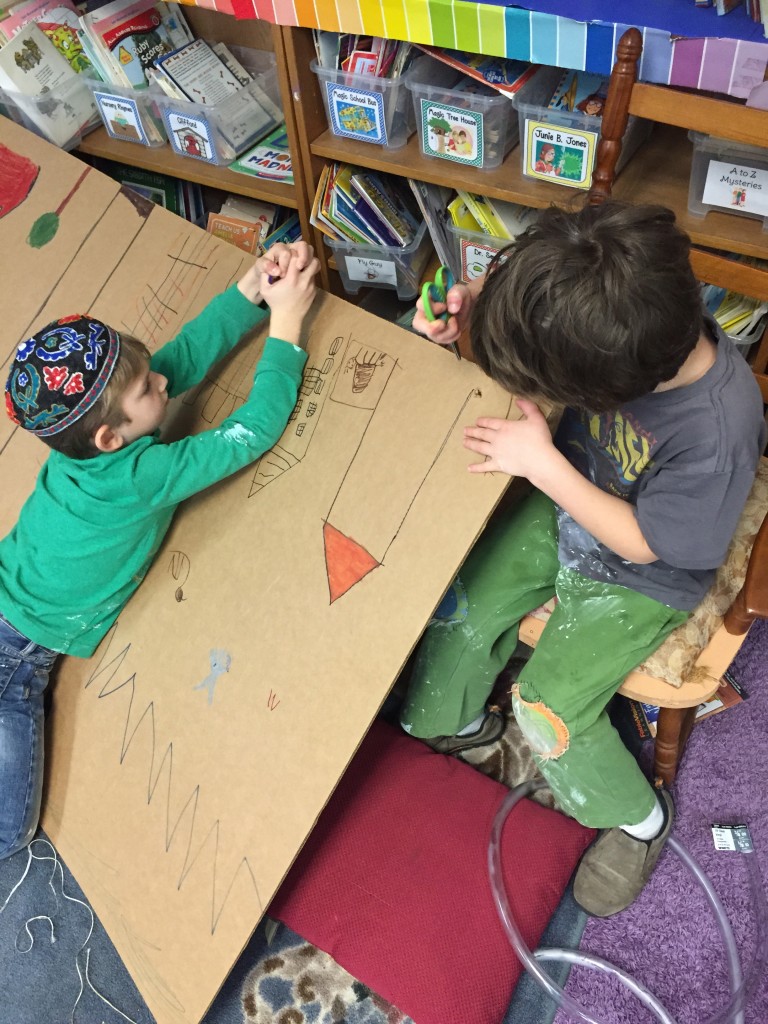
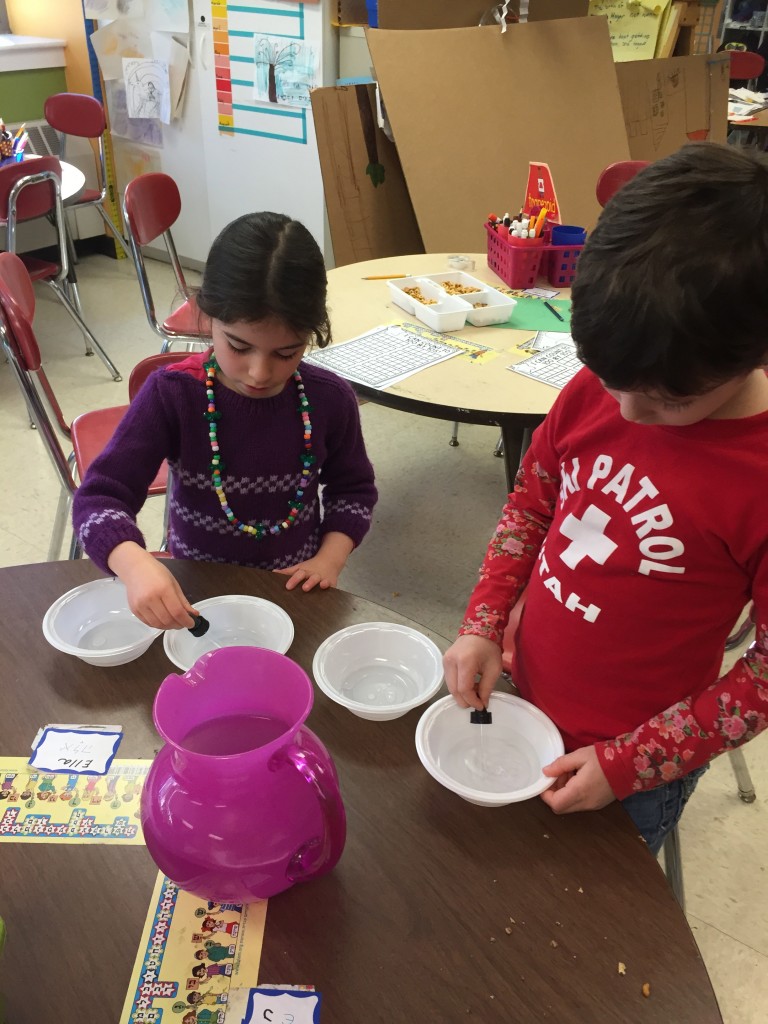
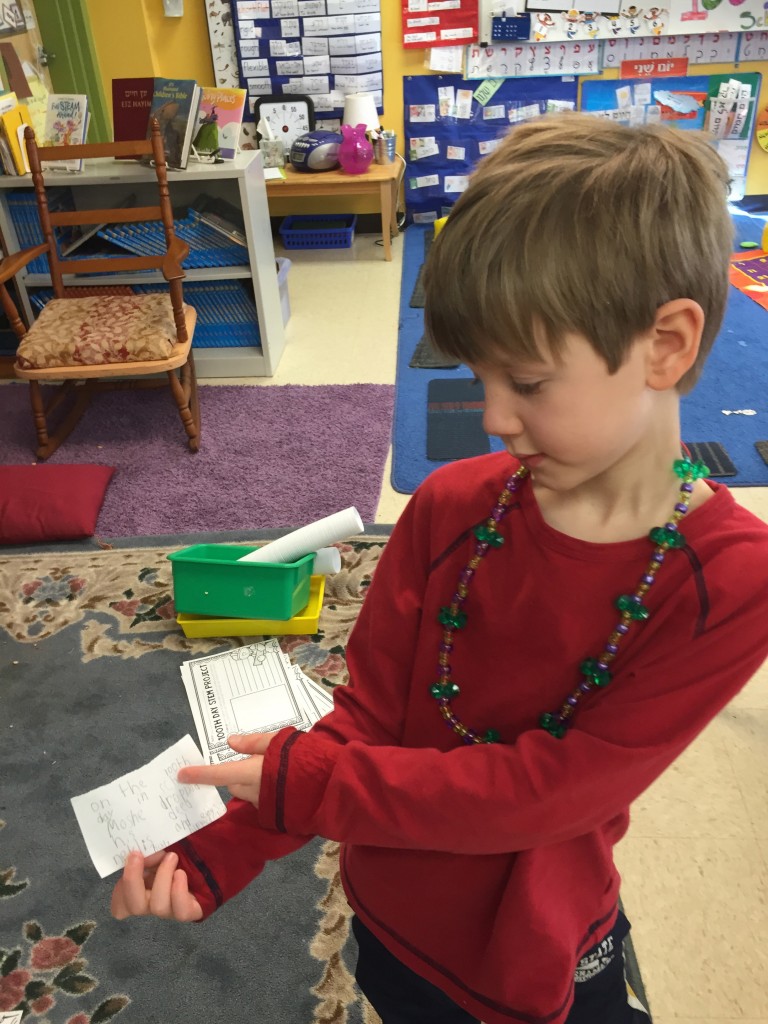
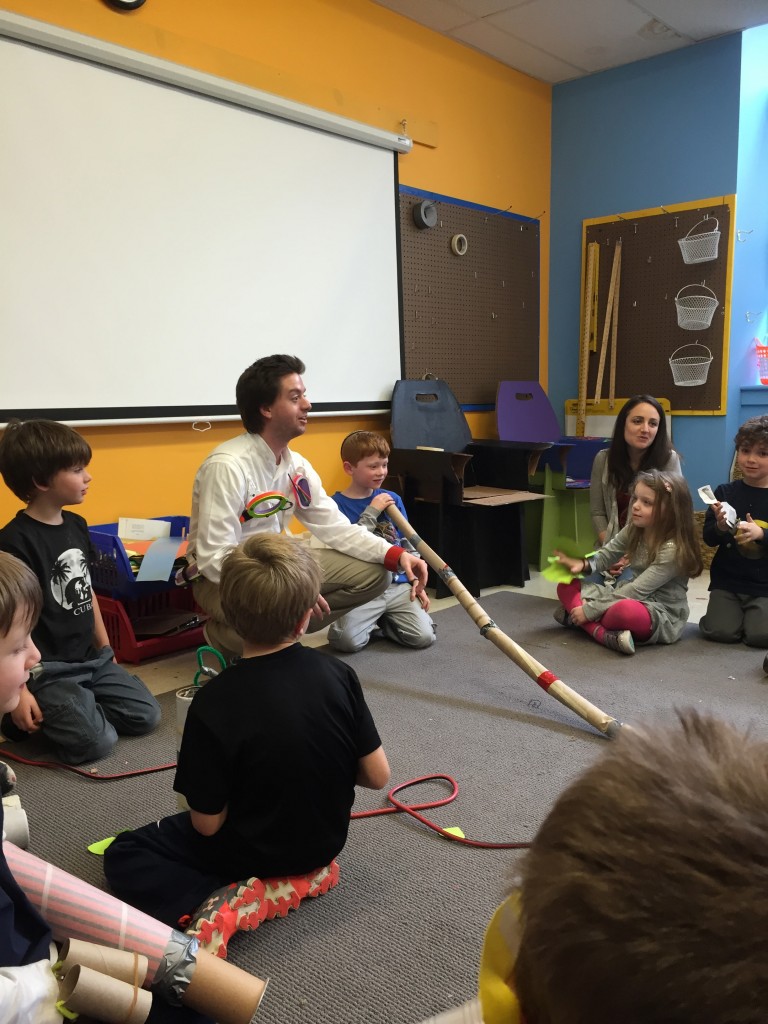


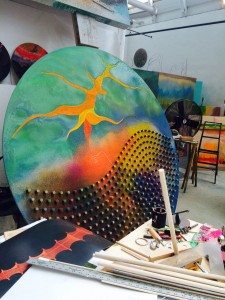
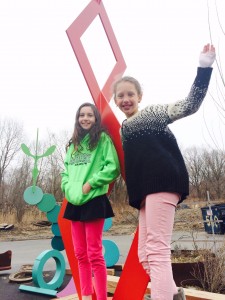



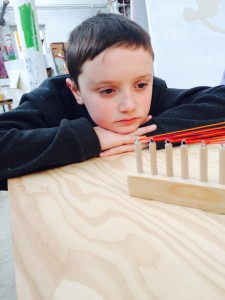
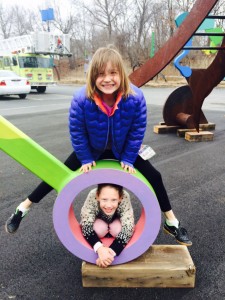

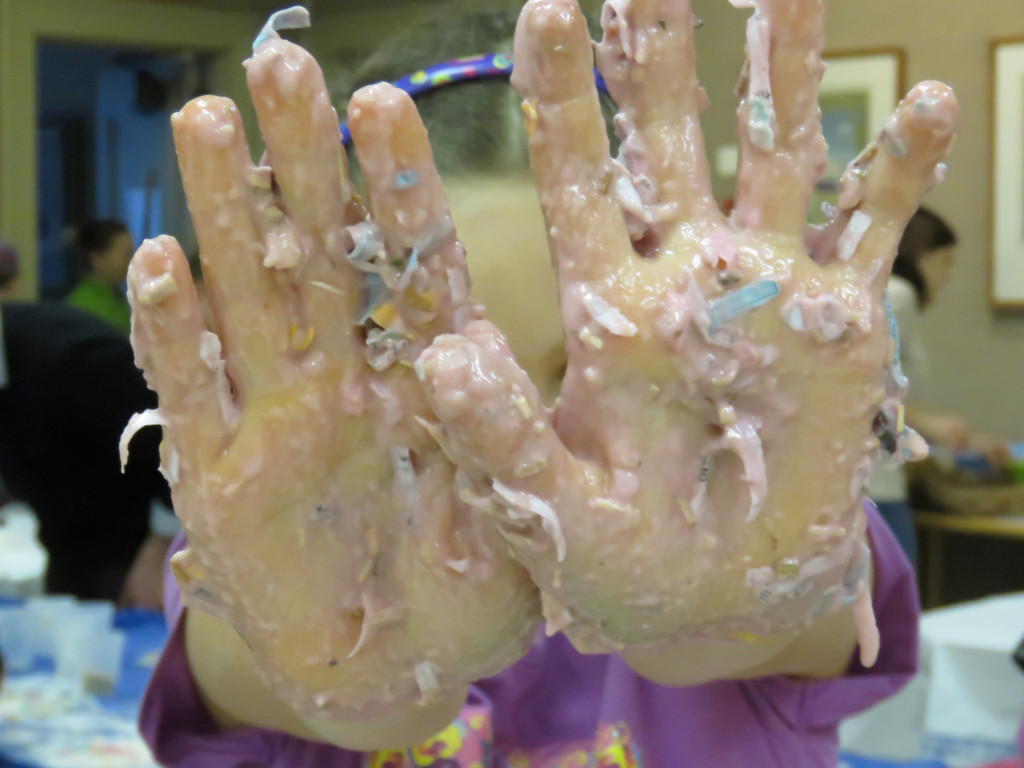
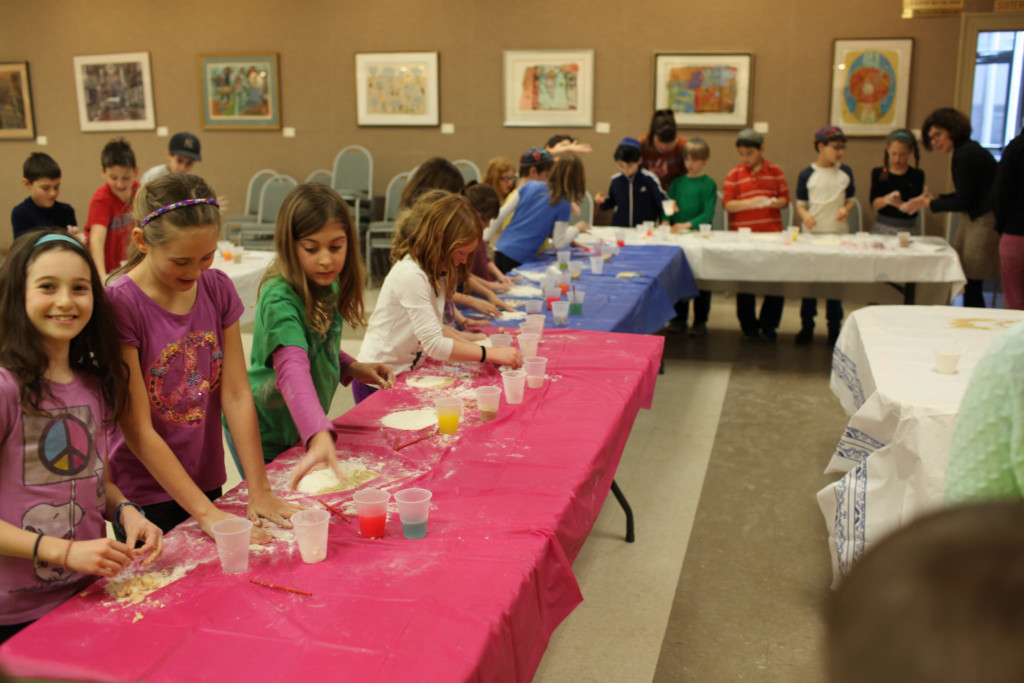
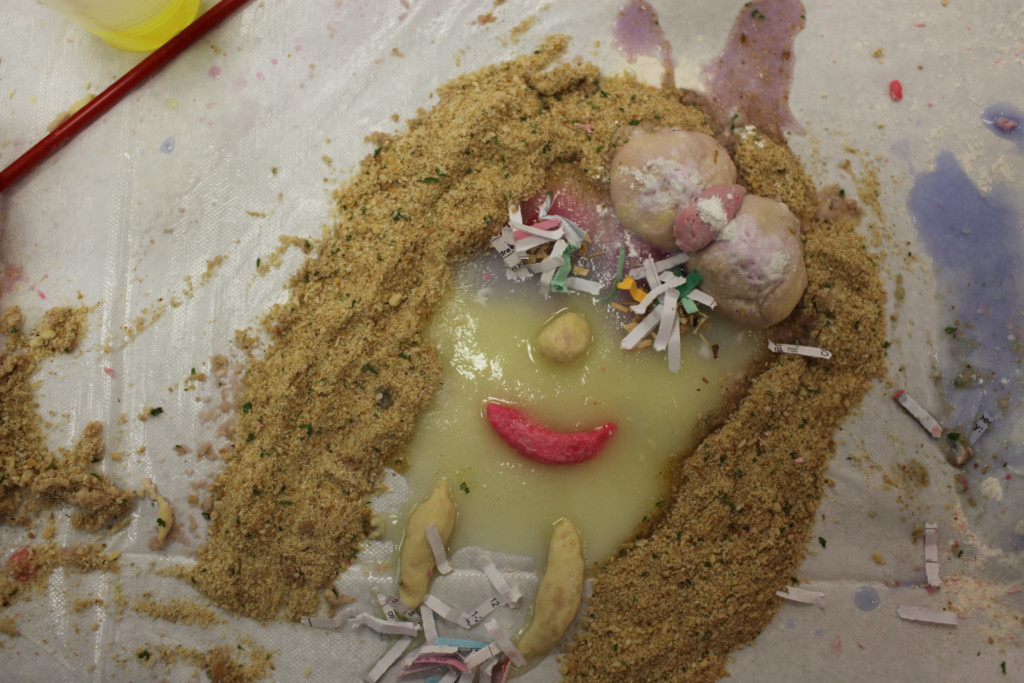

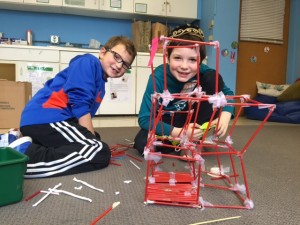

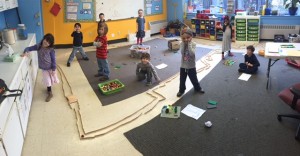

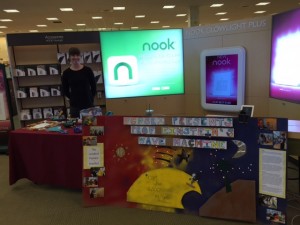 and Noble this past weekend was a success! Students in grades K-5 all had their hands on Einstein’s Wave Machine in some way. In
and Noble this past weekend was a success! Students in grades K-5 all had their hands on Einstein’s Wave Machine in some way. In